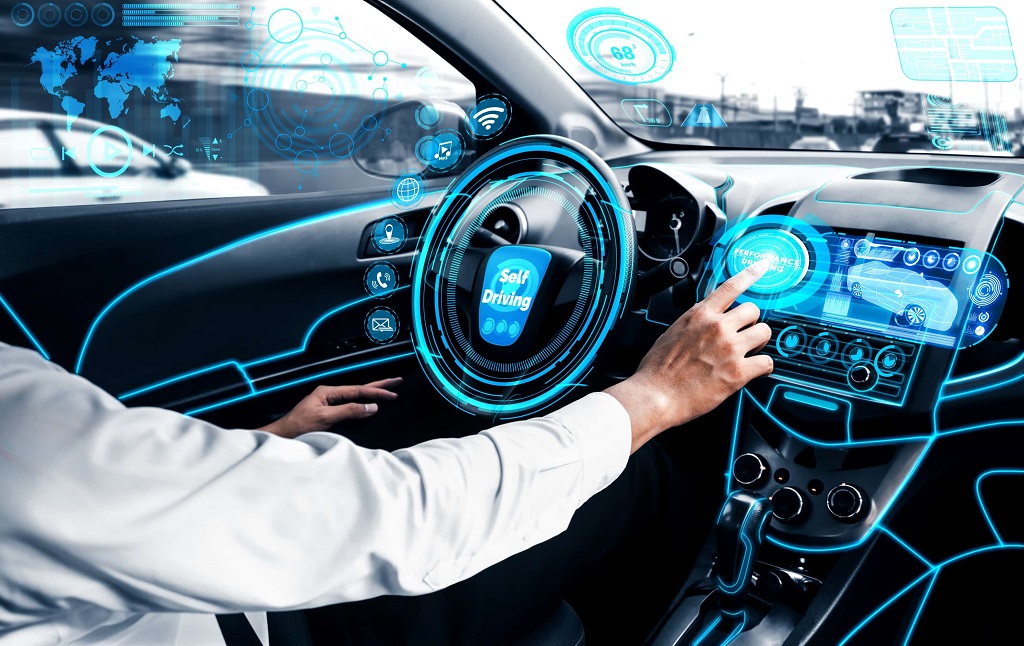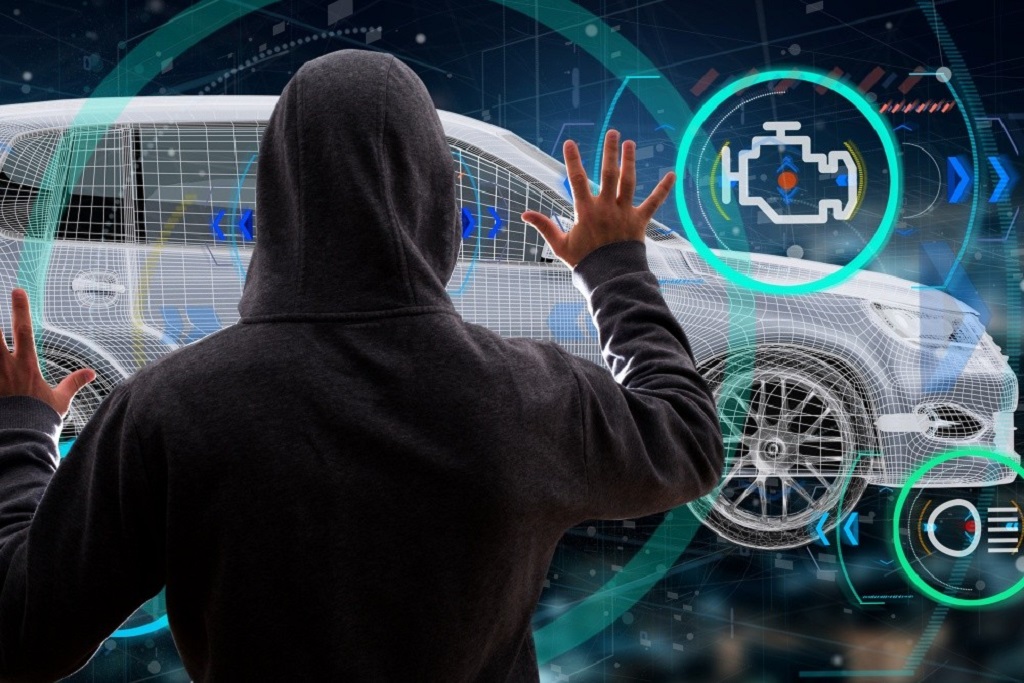
From Smart Cars to Autonomous Vehicles: Navigating the Evolving Landscape of Vehicle Technology
In today’s fast-paced world, technological advancements are reshaping various industries, and the automotive sector is no exception. From smart cars that can communicate with each other to fully autonomous vehicles, the landscape of vehicle technology is undergoing a revolutionary transformation. In this article, we will explore the journey from smart cars to autonomous vehicles, examining the key developments, challenges, and implications for the future.
The Rise of Smart Cars
1. Introduction to Smart Cars
Smart cars, also known as connected vehicles, represent the first significant step towards a more intelligent and interconnected transportation system. These vehicles are equipped with advanced sensors, communication technology, and data processing capabilities.
2. Connectivity and Communication
One of the defining features of smart cars is their ability to communicate with each other and with the surrounding infrastructure. This interconnectivity allows for real-time data sharing, enhancing safety and efficiency on the road.
3. Safety Improvements
Smart cars utilize their connectivity to enhance safety through features like collision avoidance systems and adaptive cruise control. These technologies reduce the risk of accidents and save lives.
The Road to Autonomy
4. Autonomous Vehicles: A Glimpse into the Future
The concept of fully autonomous vehicles has captured the imagination of both consumers and industry leaders. These vehicles have the potential to revolutionize transportation as we know it.
5. Levels of Autonomy
Autonomous vehicles are categorized into different levels based on their ability to operate without human intervention. Understanding these levels is crucial for grasping the current state of autonomous technology.
6. Technological Challenges
The development of autonomous vehicles poses several technical challenges, including sensor accuracy, decision-making algorithms, and cybersecurity.
The Role of Cybersecurity
7. Cybersecurity in Vehicle Technology
As vehicles become more connected and autonomous, the importance of cybersecurity cannot be overstated. Protecting vehicles from cyber threats is paramount.
8. Protective Measures
Exploring the security measures and safety protocols that need to be in place to safeguard autonomous vehicles and connected car systems.
9. Privacy Concerns
The collection of vast amounts of data by smart and autonomous vehicles raises significant privacy challenges. We delve into the concerns and possible solutions.
Beyond the Road: Impact and Future Trends
10. The Impact on Society
The transition to autonomous vehicles has far-reaching implications for society, including changes in transportation habits, urban planning, and environmental considerations.
11. The Business of Autonomous Vehicles
An overview of the burgeoning autonomous vehicle industry, including the key players and the economic opportunities it presents.
12. Regulatory Framework
The development of autonomous vehicles is closely tied to regulatory decisions. We examine the current state of regulations and their potential evolution.
Conclusion
In conclusion, the journey from smart cars to autonomous vehicles represents a remarkable technological evolution. While challenges such as cybersecurity and regulatory hurdles remain, the promise of safer, more efficient, and convenient transportation is within reach. As we navigate this evolving landscape of vehicle technology, it’s essential to stay informed and engaged with the latest developments.
FAQs
- Are autonomous vehicles already on the road?
Yes, some autonomous vehicles are undergoing testing on public roads, but widespread adoption is still in the early stages.
- How do smart cars communicate with each other?
Smart cars use a combination of wireless communication technologies, such as Wi-Fi and cellular networks, to exchange information.
- What are the main cybersecurity threats to autonomous vehicles?
Cyber threats to autonomous vehicles include hacking attempts, data breaches, and remote control of vehicle systems.
- How are privacy concerns addressed in smart and autonomous vehicles?
Privacy concerns are addressed through data encryption, user consent mechanisms, and strict data access controls.
- When can we expect fully autonomous vehicles to become a common sight on the roads?
It’s difficult to predict precisely, but experts estimate that widespread adoption of fully autonomous vehicles may take several more years, possibly a decade or more, depending on various factors.






